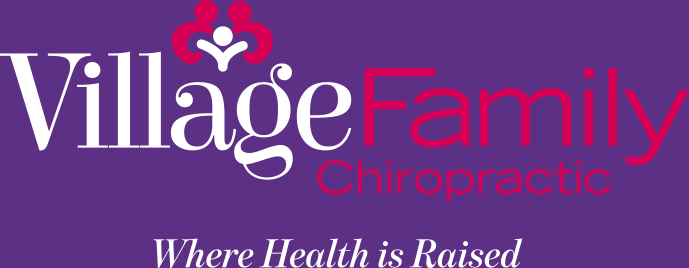Hey Tribe! On #TheVillageBlog I love connecting with professionals in the community to share their knowledge regarding all things health and family related. This week we have local doula and VBAC mama Cameron Trader sharing about the amazing benefits of Bengkung Belly Binding for postpartum recovery and support. Check out her upcoming class at Village Family Chiropractic to learn more! Enjoy!
Bengkung is a traditionally Malaysian method of binding or wrapping a mother’s midsection after the birth of her baby. Bengkung Belly Binding provides many benefits and aides in speeding recovery in the postpartum period.
During pregnancy, a mama’s body makes incredible changes to accommodate her growing baby. Organs become displaced from normal position, abdominal muscles stretch and can separate, ligaments are loosened to allow for baby’s passage through the birth canal and extra fluids and fat are retained. In the postpartum period, Bengkung Binding helps to encourage a quicker healing, shrinking and recovery in these areas.
Benefits of Bengkung Binding include:
*slims hips, tummy and ribcage
*gently applies pressure to encourage organs to return to pre-pregnancy
position.
*supports and assists abdominal wall healing including diastasis recti
recovery
*stabilizes hips and supports lower back
*supports abdominal strength which supports the entire back. Many
breastfeeding mothers note that Bengkung binding helps them prevent back
pain and from sloughing as they feed their babies.
*decreased postpartum bleeding time
*aides in support of abdominal wall and uterine incisions after a cesarean
birth
*hastens loss of extra fluid
*supports the pelvic floor muscles
*IT FEELS AMAZING!
The Bengkung Binding method is superior to postpartum girdle type pieces available to moms today because:
- it is customizable to your unique shape
- it provides complete support for your entire midsection, from below your hips to your breastbone.
- it is more comfortable as it has no velcro or firm edges
- it’s breathable and is made from batik fabric
- it doesn’t move
This unique binding technique externally imitates the abdominal wall muscles. This allows your body to function function in a less stressed manner. It puts the muscles in proper alignment,as they were pre-pregnancy. The abdomen or core is very important in protecting the rest of your body.
For best results, moms should bind 2-3 days after baby’s birth. The bind should be worn 10-12 hours per day for at least 40 days, but can be worn longer. Most moms that follow this protocol return to their pre-pregnancy size in 6-8 weeks. Mothers recovering from a cesarean birth should wait for their incision to heal and can usually bind around 4-6 weeks after delivery.
Village Family Chiropractic is hosting a Natural Baby Doulas Binding class:
Thursday, August 18, at 6pm.
Belly Binding Class: $20 to attend class, $75 for bind (class fee waived)
If you can’t make the class, there is the option of a private binding class in your home. $100 (bind included)
Or a premier postpartum healing package which includes 1-2 hours of postpartum support, herbal bath preparation and belly binding teaching. $200 (bind included)
Please email Cameron Trader at cameron_trader@yahoo.com to RSVP, to reserve your bind or connect through the Facebook.




